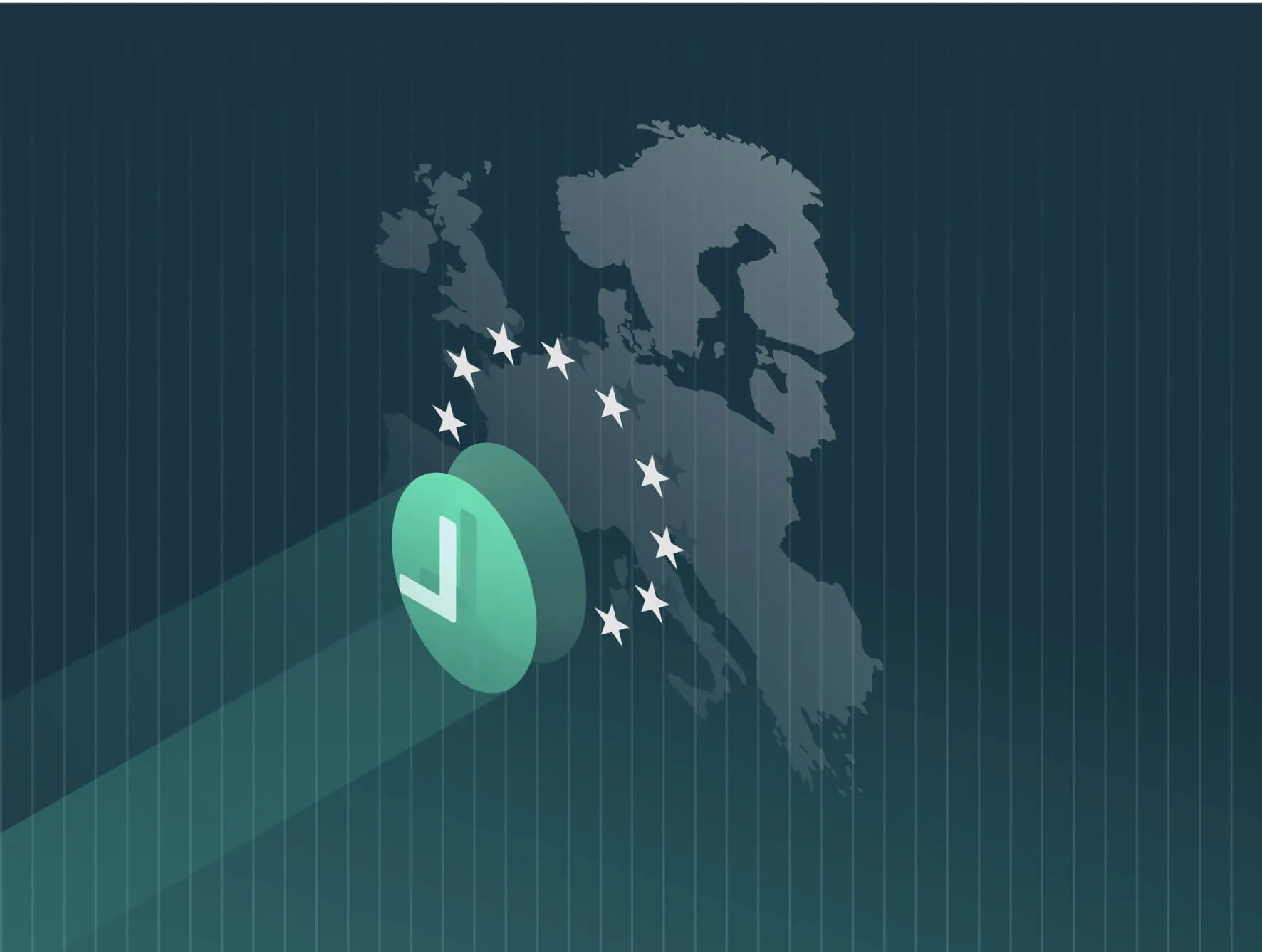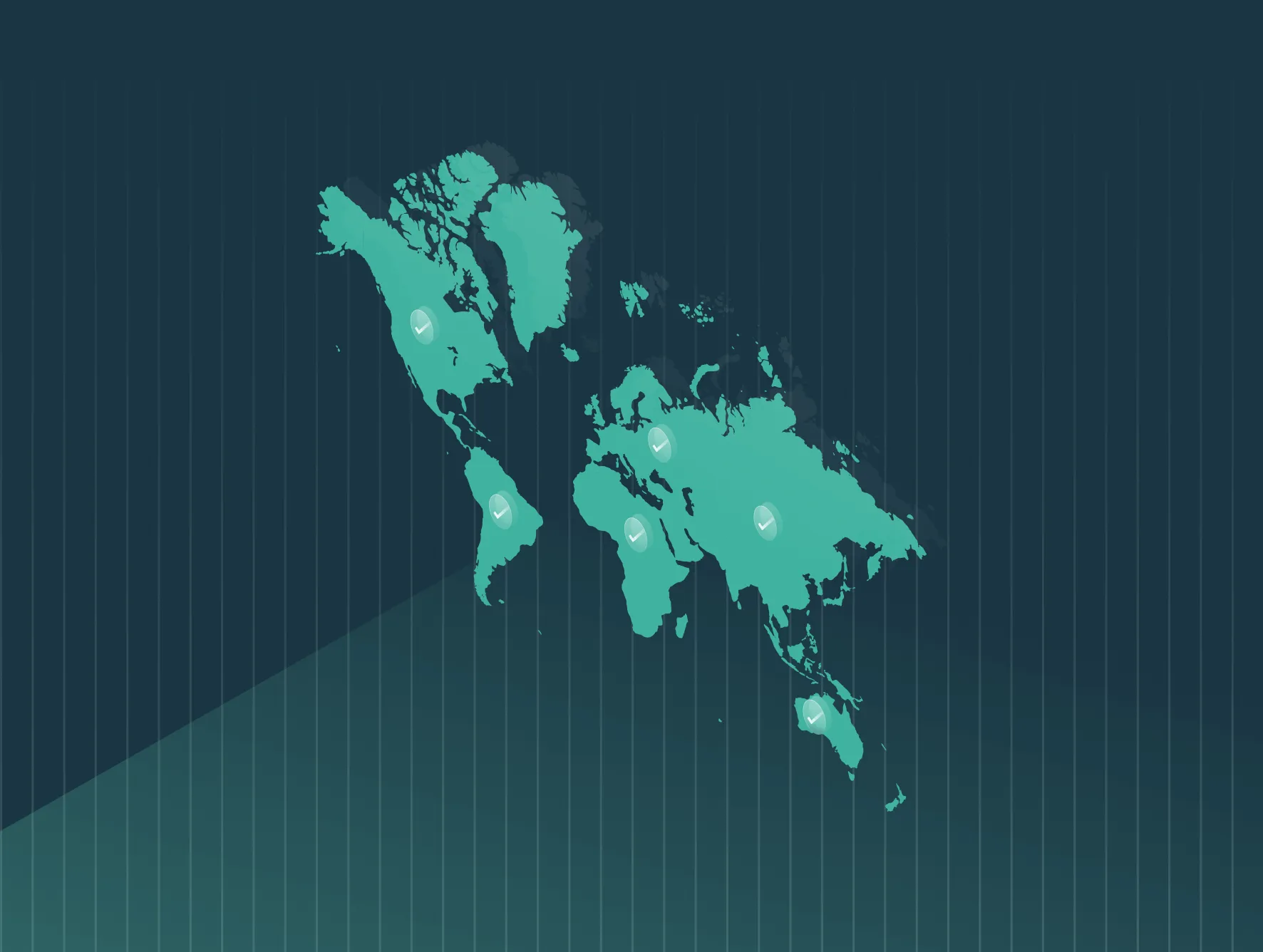In response to the EU Pay Transparency Directive, which requires employers operating in European Union member states to report on pay data, Trusaic will be evaluating the state of each country in the EU’s current gender pay gaps and the path toward compliance.
The impetus for the EU Pay Transparency Directive was to close the 12.7 gender pay gap across the European Union. While countries including Spain and Belgium are farther along in achieving pay equity, Latvia has a sizable and persistent pay gap.
Latvia’s average gender pay gap stands at 16.5%, however, some sectors, including finance and insurance, have pay gaps in excess of 30%. The country’s average pay gap tends to fluctuate; in 2019 and 2020 it was more than 20%. WEF’s Global Gender Gap Report 2024 ranks Latvia in 71st position for wage equality for similar work.
While Latvia has pay transparency requirements for job postings, there are no pay data reporting requirements in place. Thus, employers should act now to update their HR practices and carry out comprehensive pay data analyses to prepare for the in-depth requirements of the EU Directive.
Latvia’s Labour Law came into force on June 1, 2002.
Quick Action Items for Latvian Employers
Latvian organizations should move swiftly to prepare for the upcoming pay reporting requirements under the EU Directive, which include:
- Provide sufficient salary range information to job candidates. Latvia introduced mandatory wage transparency in job postings in 2018.
- Implement a salary history ban.
- Prepare to act when pay gaps exceed 5%.
- Account for intersectional discrimination in pay practices and consider the needs of workers with disabilities.
Achieve Authentic Pay Equity With Software
By 2026, EU employers with 250 or more employees must report on gender pay gaps. By 2031, smaller organizations (100+ employees) will have to comply. As we’ve previously noted, the EU Directive uses the broader term of “worker” versus employee.
Further, Latvian employers should proactively evaluate their current pay practices and overall compensation philosophy. Companies can leverage pay equity software solutions to expedite reviews of existing pay practices and determine causes of pay disparities.
Latvia Employers’ Current Reporting Requirements
Latvia currently does not have pay data reporting requirements for private employers. Gender pay gap data is published annually by the Central Statistical Bureau of Latvia. Remuneration for employees in state and local authorities is set by the Law on Remuneration of Officials and Employees of State and Local Government Authorities.
Under the requirements of its Labour Law, Latvia is committed to the principle of equal pay for the same kind of work or work of equal value. If an employer violates the law, employees have the right to request the remuneration that the employer normally pays for the same work or work of equal value. Employees may bring a private action to court within three months of learning of the violation.
In addition, the law provides that everyone has an equal right to work, and to fair, safe and healthy working conditions, as well as to fair work remuneration. Discrimination based on race, skin color, gender, age, and disability, religious, political or other conviction, ethnic or social origin, property or marital status, sexual orientation or other circumstances is prohibited.
Latvia’s plan On the Promotion of Equal Rights and Opportunities for Women and Men 2021-2023 includes initiatives to close the gender pay gap by raising public awareness of the issue.
Complying with the EU Directive
The EU Pay Transparency Directive was approved in 2023, establishing a clear framework for EU member states to apply the principle of equal pay for equal work or work of equal value.
EU member states have three years from June 7, 2023 to transpose the directive into law. Likely implementation dates are 2026, however, some countries may enact legislation earlier. The first large organizations will need to submit pay data reports by June 6, 2027.
Streamlined Regulatory Pay Transparency Reporting for Compliance Confidence
Employers operating in EU member states can take several preliminary steps to ensure compliance with the upcoming legislation. The EU Directive includes a requirement for a Joint Pay Assessment where pay gaps are higher than 5%.
With an average pay gap of 17.1%, most Latvian employers are currently at risk. Thus, they will need to ensure implementation of regular pay equity analyses to understand where any unexplained gaps exist and develop plans to remediate appropriately.
Further, recruitment processes should be evaluated to fully comply with pay transparency and salary history ban requirements. Latvian employers can act now to strengthen compliance and create equitable, explainable and competitive salary ranges.
Other items include:
- Pay explainability: Prepare to explain how you differentiate and define performance in setting base salaries. Pay transparency legislation means workers must be given access to criteria used to define salary and pay raises.
- Analyze pay gaps: Identify the causes where pay disparities exceed 5%. If there is no objective justification, we recommend addressing any anomalies to remove those unexplained gaps. In cases of alleged pay discrimination, the burden of proof shifts to the employer.
- Intersectional pay equity audit. Intersectionality is essential to close the gender pay gap. It recognizes that individuals can experience discrimination and inequality based on the intersection of multiple identities, such as race, gender, disabilities, age, and more.
Trusaic is GDPR compliant and can assist any organization in any EU state in meeting its obligations under both the EU Corporate Sustainability Reporting Directive and the EU Pay Transparency Directive.








